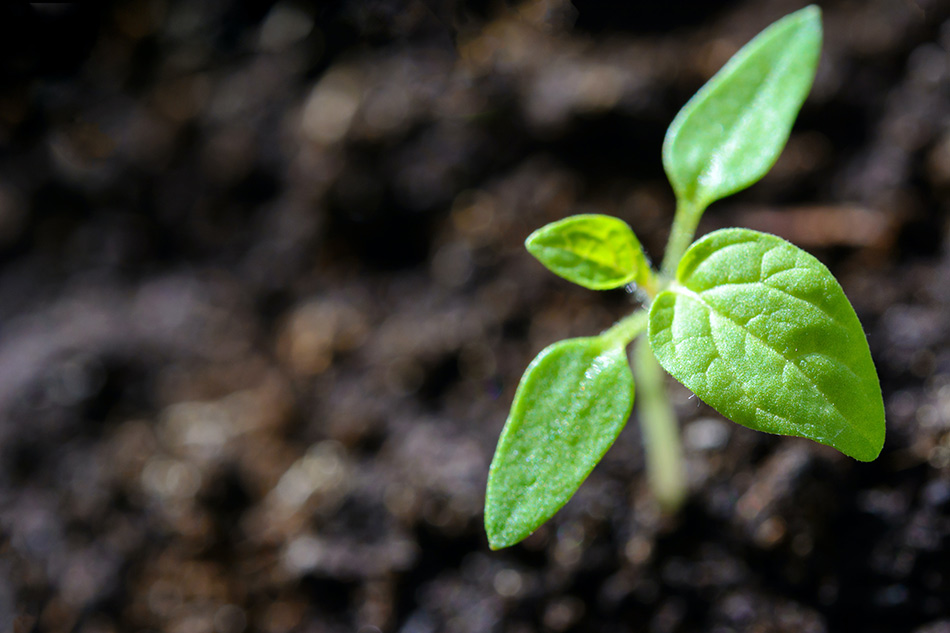Whether you are purchasing a home that needs some landscape TLC or your yard has taken a serious hit over the winter season, it is almost time for flowers to bloom – and that means it is time to improve your landscape’s health. Below are a few expert tips designed to help you keep your landscape as environmentally friendly and healthy as possible.
Want to Save Water & Improve Soil? Use Mulch!
Mulch is one of the most affordable and common ways to make your home’s landscape more attractive, and it also plays a powerful role in your yard’s overall health. Mulch provides an extra layer of protection between the outside air and your plants’ roots, which serves numerous purposes:
- Reducing evaporation. Mulch helps to trap moisture in the soil, which means you will not need to water your plants as frequently.
- Preventing weed growth. Weeds can be a real pain, and many varieties can even steal your plants’ much-needed nutrition and moisture. Laying down a layer of mulch inhibits weed growth, which can also lead to less frequent watering – and less time spent pulling annoying weeds.
- Stopping soil erosion. Wind, water, and even bright sunlight can all negatively impact the soil in your flower and garden beds. Mulch can help keep soil in place and protect it from the sun, which helps it last longer.
- Keeping soil temperatures consistent. Finally, Chicago winters can be brutal, and summers can be incredibly hot. Neither of these conditions are ideal for flowers and other plants, but a layer of mulch can help. It ensures that the soil temperature stays more consistent.
Group Plants According to Hydrozones
All too often, homeowners group plants together based on how they look and when they bloom, but it is far better for your landscape’s health to group plants based on their water needs. When you group plants into “hydrozones,” you can protect your plants from under- or over-watering, and you are likely to use far less water, too. Group plants together based on the amount of water they need. This way, you spend less time watering, but your plants will still thrive.
Do Not Cut Your Lawn Too Short
One of the most common mistakes homeowners make in terms of their landscaping health has to do with the length of the grass in their lawns. They believe that when they cut the grass short, they will not have to mow quite as often. This is not always the case, and it can actually do more harm than good. When grass is cut too short, it will respond by putting water and nutrients into new growth, which can zap the moisture and fertilizer in your soil and lead to dead patches. If you are not sure what height is best, research the optimal mowing range for your grass species and set your mower to the tallest one.
The three things that matter most to your landscape’s health are sunlight, water, and nutrients. These expert tips will help you get the most out of these precious resources so that you can maintain your landscape’s health over time.


